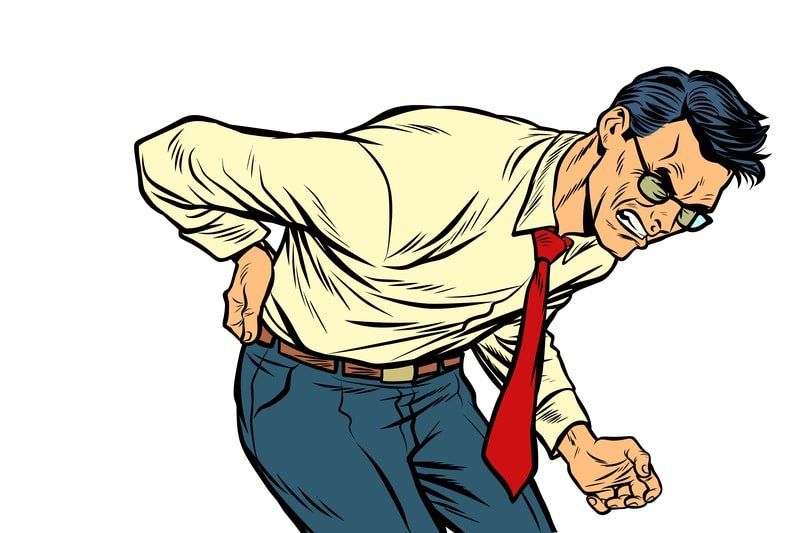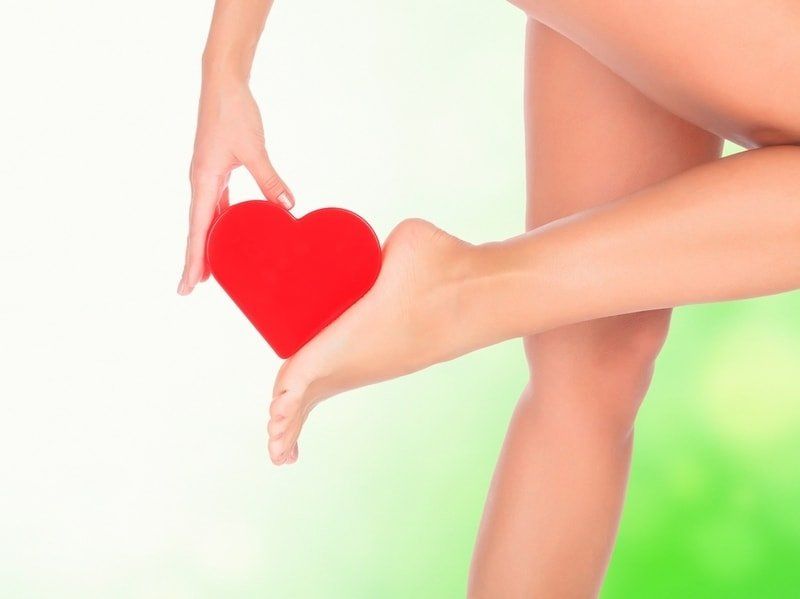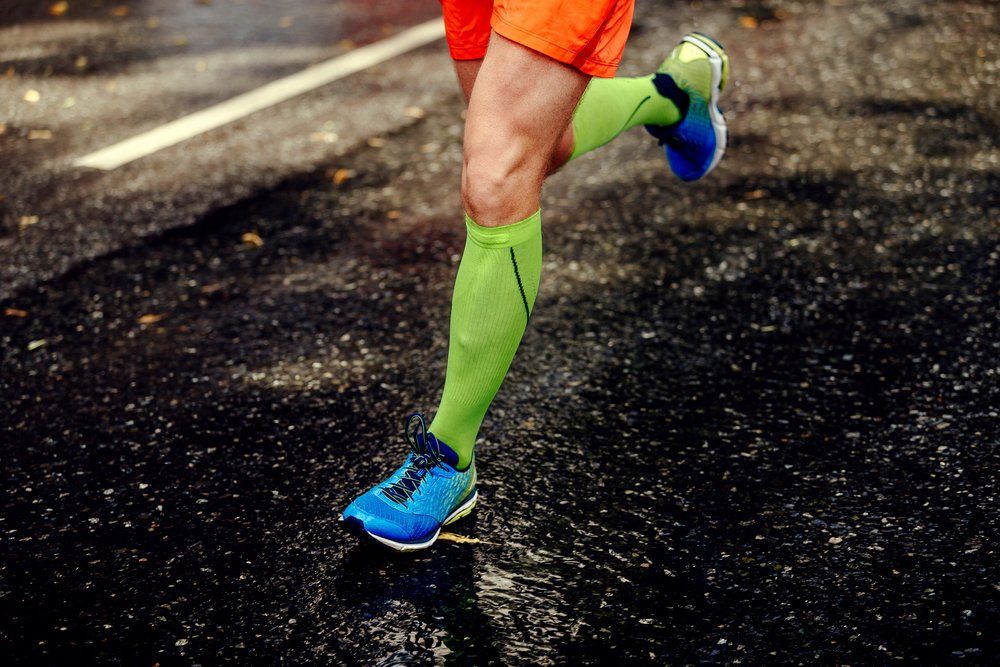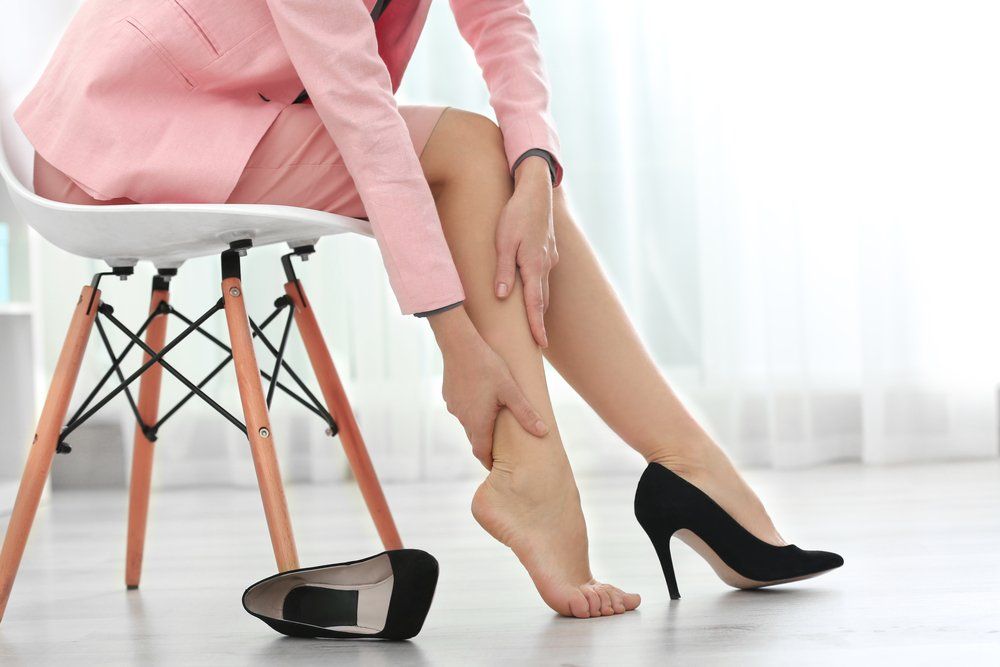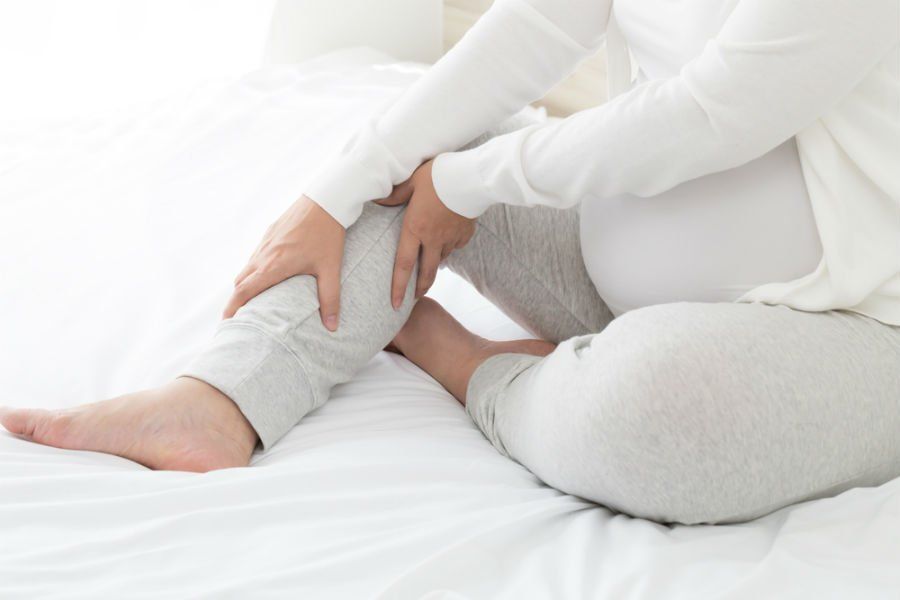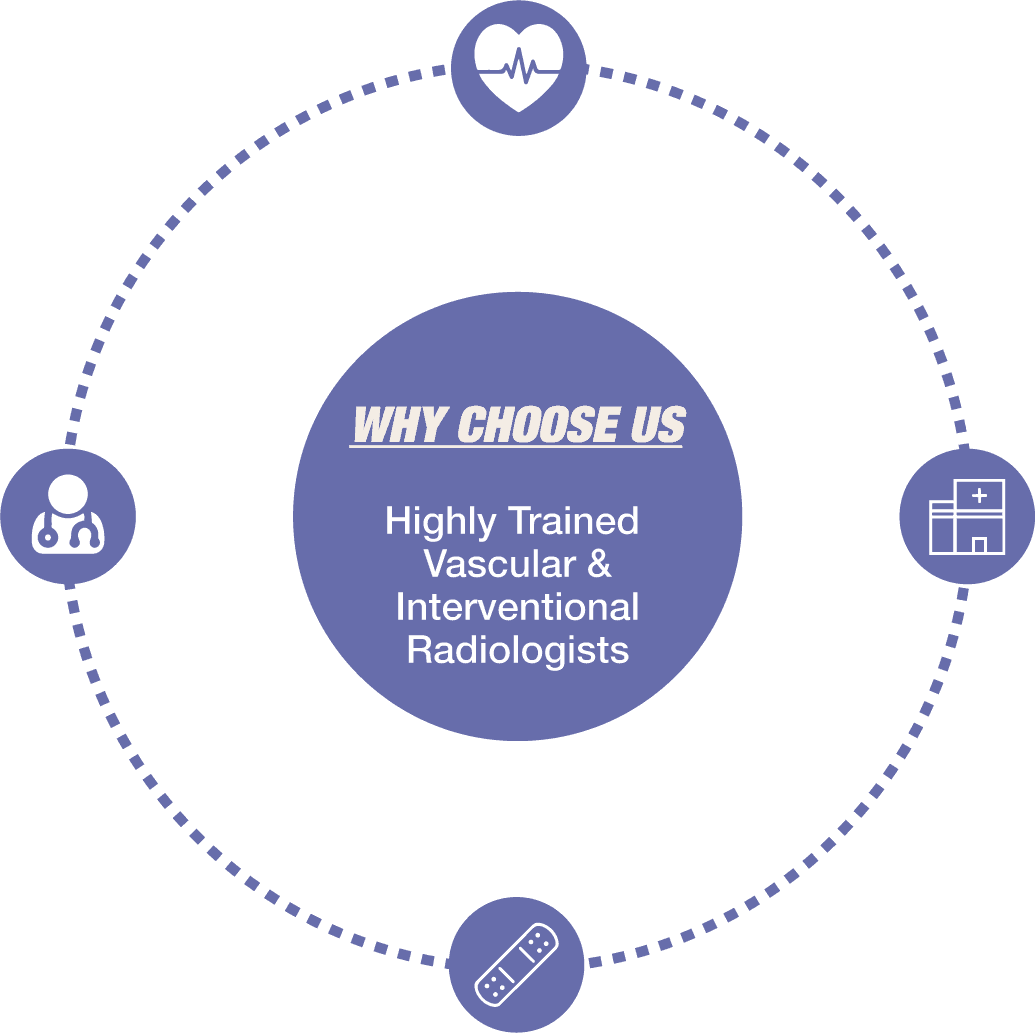Uterine Fibroid Embolization: An Effective Alternative to Surgery
Uterine fibroid embolization (UFE) is a minimally invasive treatment option for patients with noncancerous growths in the uterus, also referred to as uterine fibroids. The procedure is designed to preserve the uterus and greatly reduce the recovery time that accompanies other more invasive procedures.
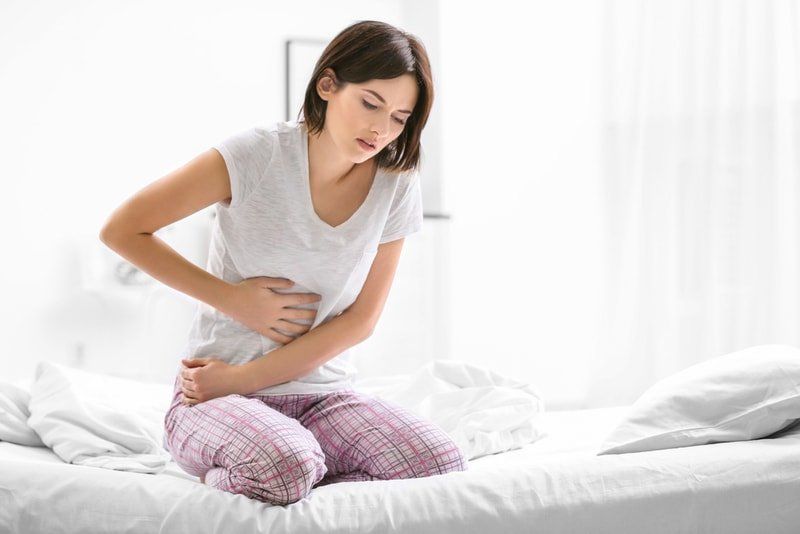
What Causes Uterine Fibroids?
Although doctors don’t conclusively know the cause of uterine fibroids , research and clinical studies indicate a few factors may play a role, including:
- Genetic changes
- Hormones
- Other growth factors
Why People Receive UFE Treatment
Uterine fibroids can cause severe and often painful symptoms in some women, including:
- Menorrhagia (heavy menstrual bleeding)
- Pelvic pain
- Swelling of the abdomen
- Constipation
- Back or leg pain
- Frequent urination
- Difficulty emptying the bladder
UFE blocks the blood supply, which causes the fibroid to shrink, eases these symptoms. It also provides patients with an alternative to invasive surgery , which can lead to excessive blood loss and result in visible scars.

Positive Effects of UFE
Patients who undergo UFE treatment often report several benefits ranging from improved body image to diminished chronic pain.
Decreased Menstrual Bleeding
Nearly all patients who receive UFE treatment report immediate relief from heavy, prolonged menstrual bleeding and return to work less than a week after the procedure. Risk of entering menopause after the procedure is highest in women age 45 and older.
Diminished Chronic Pain
A common side effect of menstrual bleeding is cramps, and this symptom is intensified for women with uterine fibroids. Prolonged periods can also lead to:
- Thigh aches
- Back pain
- Bloating or feeling of fullness in the lower
stomach
Pain associated with fibroids begins to lessen shortly after the procedure.
Reversal of Anemia
Excess loss of blood through a heavy, prolonged period can cause women to become anemic. Due to the large loss of iron, women may feel tired and dizzy. Once the fibroids are eliminated, however, heavy bleeding will lessen, allowing the body to recover and gradually build up its iron reserves.
Improved Body Image
Before UFE treatment, women may notice that their abdomen is rounded where the enlarged uterus protrudes. Following treatment, the abdomen is noticeably flatter and smoother. This can help women regain body confidence they may have lost.
Fibroid Shrinkage
UFE treatment has a 95 percent overall success rate , with patients experiencing 50 to 60 percent shrinkage of their fibroids. Shrinking begins immediately after treatment because the supply of oxygen, blood and nutrients to the fibroids has been cut off. Over the subsequent weeks and months, the fibroid muscle tissue transforms into smaller scar tissue that prevents the fibroids from growing.
How UFE Works
During the procedure, an interventional radiologist (IR) inserts a thin tube through a small incision made in the skin of the patient’s groin and maneuvers it into the femoral artery.
The patient is kept comfortable with sedation and pain medication as tiny microscopic particles (Embosphere® Microspheres) are injected into the blood supply of the uterus and fibroids. Once inserted, these tiny particles will work to starve fibroids of the nutrients they need to grow.
If a hospital stay is necessary, it’s typically limited to one night. After being discharged, most women resume light activity within a few days and return to work within seven to 10 days.
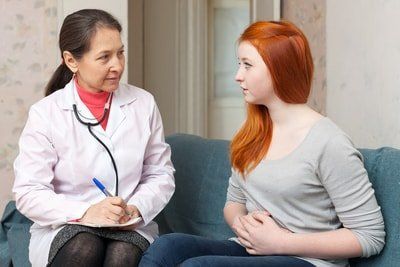
Who Is a Candidate for UFE?
Ideal candidates for UFE treatment include women who:
- Have symptomatic fibroids
- Want to keep their uterus
- Do not want surgery
- Need a faster recovery time
- May not be a candidate for surgery
You may want to consider an alternative to UFE if you have:
- An active pelvic infection
- An incurable bleeding problem
- Endometrial cancer
- Extremely large fibroids
Uterine Fibroid Embolization in Central Georgia
If you’re one of the more than 5 million women in the U.S. suffering from symptomatic fibroids, UFE treatment can help ease the pain without invasive surgery. The caring staff at Vascular & Radiology Associates of Central Georgia (VIRA) will work closely with your OB-GYN to explore treatment options that go straight to the root of the problem with as little impact to your life as possible. We encourage you to fill out our UFE assessment form to help determine if this treatment is right for you.
Schedule your appointment online todayor by calling 478-757-8868.


